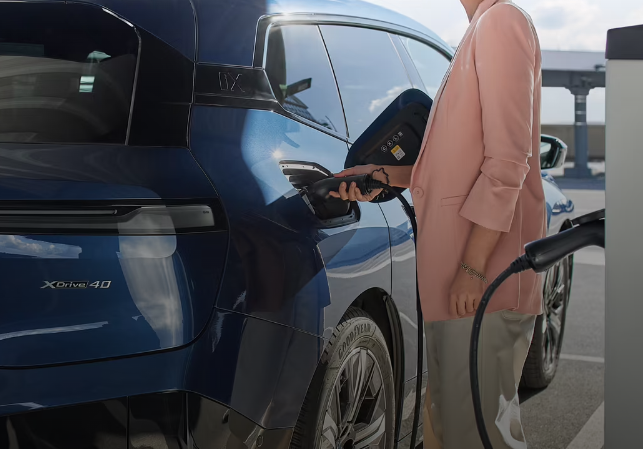New research has revealed that, despite wanting to start the transition to electrified vehicles (EVs), some small and medium fleets are struggling to seize the opportunity – with 45% of fleet managers citing a lack of time or expertise needed to take the necessary first steps.
Businesses operating small to medium-sized fleets account for the vast majority of the UK’s total fleet population, and hence contribute significantly to meeting the upcoming 2030 ban of the sale of new petrol and diesel vehicles. Pressure to meet both government and business environmental deadlines means demand for EVs is on the rise. However, navigating the rapid developments around EV implementation alongside other responsibilities is placing small and medium fleet decision-makers under increasing pressure, according to Alphabet GB.
The new, sustainable fleet
When asked about the importance of fleet in meeting their company’s net zero targets, 79% of small and medium fleet managers acknowledged that it plays a key role. Employee perception and motivation has also become more of a driving factor, with three out of four respondents (76%) noticing an increase in the number of staff wanting to reduce emissions and drive EVs over the last two years.
As company cars continue to grow the EV market and product choice improves, EVs are becoming more accessible for small and medium fleets. In fact, 79% of fleet decision-makers agreed that there are more EVs on the market to suit their needs now. Despite this positive outlook, most businesses with smaller fleets are still in the early stages of making the switch. 58% of fleet managers reported that less than 20% of cars in their fleet were currently electrified. Progress looks slower for vans, with 66% of these mangers reporting that less than 20% of their van fleets have been electrified. Growing demand for EVs among employees, coupled with the upcoming deadlines will see fleet managers pressed to grow these proportions in the months and years ahead.
One vital aspect of advancing electrification further is moving beyond the ‘early adopters’. These are drivers that are deemed to be easier to transition due to having good access to charging and convenient routes for travelling in an EV. It is important that fleet managers gain a better understanding of the proportion of drivers that will be more difficult to transition, and how they can facilitate that move.
Roadblocks for adoption
According to Alphabet’s research, the biggest barrier to EV adoption for smaller fleets is not reluctance, but time and knowledge. Of those businesses that are yet to introduce EVs into their fleet, 28% said that whilst it is something they’re looking to do, they haven’t had the time. While 17% revealed it is a lack of expertise that is holding them back.
Embracing EVs brings additional challenges and factors for fleet managers to consider such as new policies, funding, and infrastructure. Managers who lack the necessary expertise or resource may need further support to help ease the pressure as they make this transition, especially as timescales shorten and deadlines approach. These decision-makers should lean on the knowledge of leasing providers to help ease the burden of keeping on top of the latest developments.
Mark Sturgess, SME Sales Manager, Alphabet GB said: “Businesses with smaller fleets rarely have the benefit of a full-time fleet manager and instead, fleet management is typically part of a much bigger HR, finance or general management role. As a result, the time available to dedicate to reviewing and addressing evolving external factors and fleet requirements is often limited and can be a stretch on existing roles within the business.
“With the acceleration towards electric, it’s not surprising those responsible for these fleets are struggling to find the time and resources to manage their fleet responsibilities on top of their busy day jobs; particularly with ongoing EV developments and changes in legislation shaping the face of mobility.
“Electrification does not have to be a big, instantaneous change. In fact, taking smaller, more manageable steps towards this will make the progression easier. A great place to start with targeting those yet to embrace EVs can be grouping employees into levels of difficulty to transition, by identifying those who can charge at home and those who can’t, and working from there. Additional fleet management assistance can come from fleet providers to ease the burden that managing these responsibilities adds to their day-to-day operations. Support from suppliers, as well as industry bodies, will be vital in helping these managers seize the EV opportunity and ensuring their fleet continues to evolve to meet future requirements.”
For tips to help manage small and medium fleets, click here.


